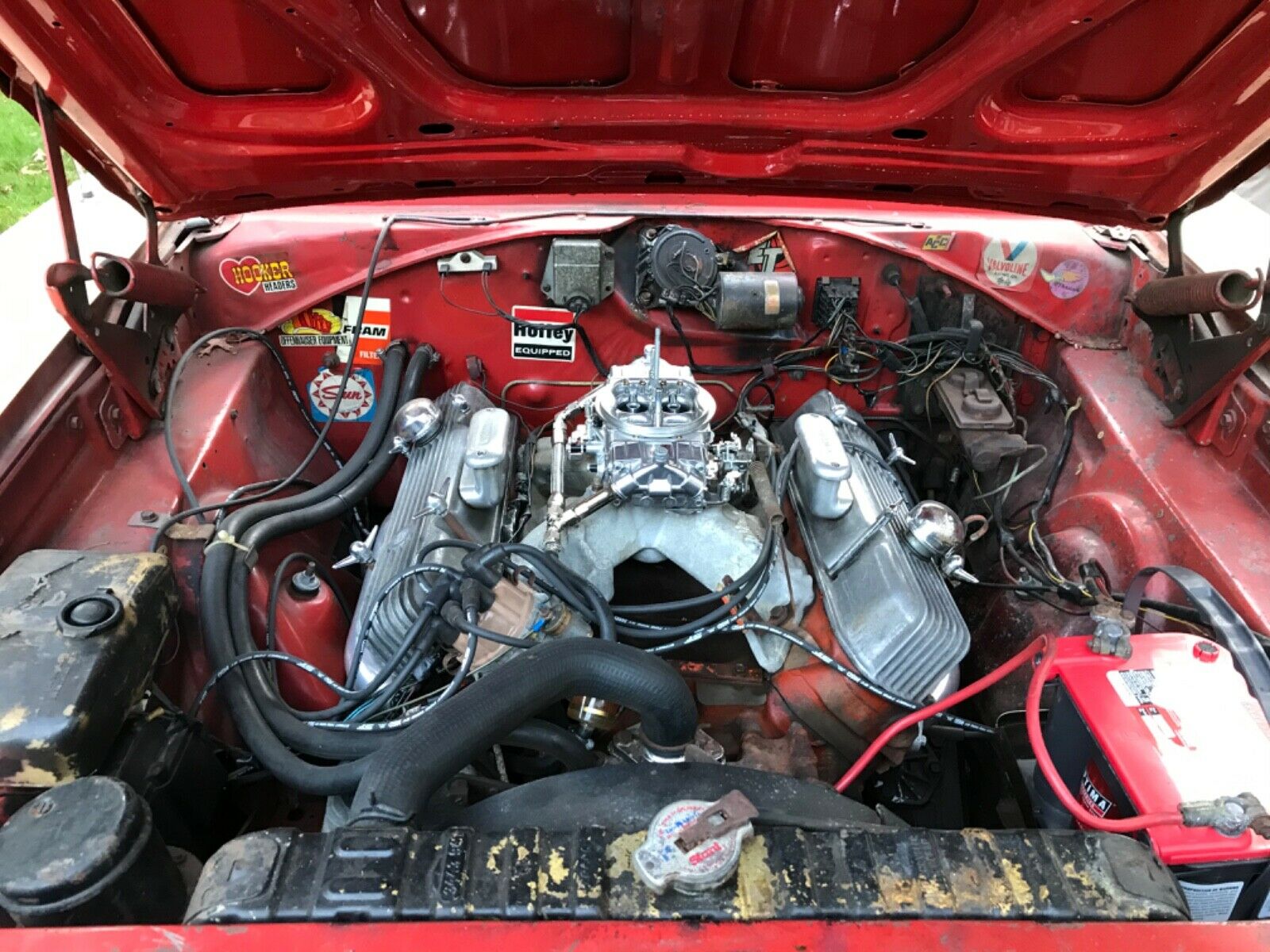

The longer these vapors stay in the crankcase, the more likely they will condense, causing damage to internal engine components and thinning the oil. This vacuum helps clear oil and, more importantly fuel vapors, from the crankcase faster. Many modern PCV systems utilize intake vacuum to pull blow-by from the crankcase, in the case of the BMW N55, blow-by is routed before the turbo.Īnother issue with simply venting the catch can to atmosphere is the fact that most modern crankcase ventilation systems are under vacuum from the intake manifold. Even if your state doesn’t perform emissions inspections, venting a PCV system that is not vented from the factory is prohibited by federal law in the United States. In most states a catch can that is vented to atmosphere will not pass inspection. While this may seem like the best solution, it’s not very nice to the polar bears, and there are some legal issues associated with it as well. This method completely eliminates the possibility of blow-by being recirculated into the intake. Some catch cans simply have one line coming from the crankcase to the can and then use a small breather filter to allow pressure to vent out of the top of the can. However, how that is done is a controversial topic. It makes sense that a catch can would still have to allow blow-by gasses to be vented from the crankcase after all, that’s the entire purpose of the PCV system.

Give the oil and fuel vapors somewhere to condense, and prevent them from reentering the intake.Allow blow-by gasses to be vented from the crankcase.While the concept seems simple enough, to be successful in a daily driving or racing application, a catch can needs to perform two basic functions: Mishimoto’s compact baffled oil catch can may look unassuming from the outside, but it’s what’s inside that counts. You can buy a specific catch can for your exact make and model or you can check out a universal oil catch can from Mishimoto which fits most vehicles. Catch cans range from cylinders with breather filters, to that thing your neighbor made with a Budweiser can and some tubing that he calls “custom.” You know who I’m talking about. A catch can is exactly what it sounds like: a can to catch and condense the fuel and oil vapors in blow-by before they reenter your intake system and engine. So what can you do about it? One of the most universal solutions to blow-by is the oil catch can. Blow-by is a giant menace that only wants to rob your engine of power and slowly destroy it. This means that blow-by can build up on the backs of the valves even faster, impeding airflow and causing potential running issues. In a GDI engine, fuel is injected into the combustion chamber downstream of the intake valves, eliminating the cleaning effect of fuel washing over the intake valves. Carbon accumulation on valves is a huge issue for gas direct-injected (GDI) engines. To compound the problem, in short-run situations, the valves never heat up enough to burn off carbon, so any blow-by that does make it to the valves will accumulate as sludge and carbon buildup. The oil and fuel vapors can also coat spark plugs, fouling them in short order and causing misfires.īoth port and direct-injected motors are vulnerable to carbon and sludge buildup on the backs of valves, but direct-injected motors can really suffer. Knock is one of the biggest killers of engines and can ruin even the strongest of builds. If the octane rating of the air-fuel mixture drops enough, it can cause knock (also known as pre-ignition), where the fuel mixture ignites before the spark plug fires, causing very high cylinder pressures. Eventually that condensed blow-by makes its way into the head and cylinders.īlow-by that makes it into the cylinder can lower the effective octane rating of the air-fuel mixture. This allows more blow-by into the crankcase, and because the engine is still cool and then shut down, that blow-by condenses in large amounts inside the crankcase and PCV system. In vehicles that are typically only driven short distances, pistons don’t get a chance to warm up and expand to the cylinder walls. The effects of blow-by are not always limited to just the intake and charged air cooling systems in some cases, the intake valves and other engine internals can suffer as well. Oil and fuel found in blow-by can eventually make its way into your intake system.


 0 kommentar(er)
0 kommentar(er)
